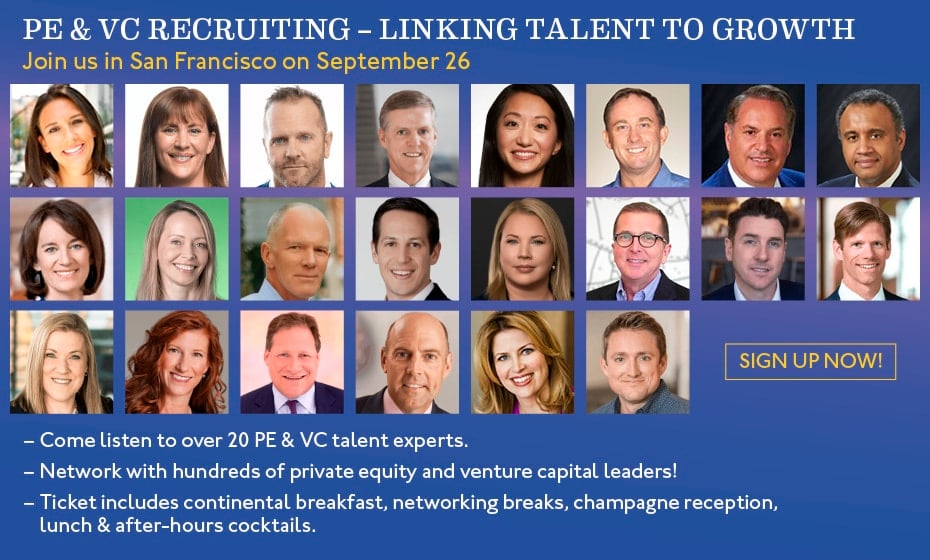Win the War of Talent with Job Security Over Pay

May 21, 2019 – Amid fast-paced innovation and global competitiveness, employees are facing more professional choices than ever. Attracting talented people to grow businesses remains extremely difficult for employers. Holding on to people proves to be an increasing challenge for organizations worldwide as well.
Compensation continues to be regarded as very important, but it is also clear that if companies offer low job certainty or have a weak reputation, employees will quickly be on their way, according to a new report from Randstad. “In this dynamic environment, employers will need to step up to build a solid retention plan and align this with the wider branding strategy,” said the human resource services firm’s Employer Brand Research 2019 report.
Fifty-nine percent of the 200,000 working-age adults surveyed in 32 countries told Randstad that attractive salary and benefits was at the top of their list of the top 10 reasons to choose an employer, down from 60 percent in last year’s report and from 63 percent in 2015. The No.2-rated driver, work-life balance, moved up a notch to 46 percent, from 45 percent last year and from 43 percent in both 2015 and 2016.
“In 2019, employers that are perceived to offer attractive salary and benefits have the best chances to attract workforce,” said Randstad. “However, monetary benefits are amongst the easiest to replicate incentives, suggesting that employers who bet all their money on this EVP driver, would not necessarily be at a competitive advantage. Forty-one percent of our respondents do not mention attractive salary & benefits among their top five drivers.”
An Uncertain Economy
The importance of job security, meanwhile, may seem to be declining due to low unemployment, said Randstad. Yet nearly seven of 10 workers would give up a part of their salary in exchange for job certainty, according to the study.
Baby Boomers find job security more important, but Millennials are more willing to forfeit part of their salary for job security, said the report. More than one fifth (21 percent) said they would forfeit 10 percent of their salary for greater security. An even higher portion (22 percent) would trade six percent to 10 percent of their pay for more security. “This preference may be attributed to developments such as global economic uncertainty, digital transformation and the rise of automation and artificial intelligence,” Randstad said.
Employees are taking companies’ and industries’ values more and more into account, the study found. The overall reputation of employers is a strong reason for employees to commit to their employer. Ninety-six percent of the global employees who changed jobs checked potential employers’ reputation, said Randstad.
 Elite Talent: Why Do They Leave?
Elite Talent: Why Do They Leave?
Clark Beecher, managing partner and co-founder of Beecher Reagan Advisors, recently sat down with Hunt Scanlon Media to discuss why top talent often looks for greener pastures – and how to keep high impact performers from jumping ship.
People prefer to work for a multinational company, whereas ITC, consumer goods and automotive appealed most as sectors. Twenty-eight percent of the global workforce said they would rather work for a large multinational corporation as they offer a sense of job security, career progression and are perceived as financially healthy organizations, said Randstad. The least preferred type of employer was a start-up, chosen by only seven percent of the respondents. Those who wanted to work for start-ups said they liked the potential for career progression, interesting job content and a pleasant work atmosphere.
“Reasons to choose one type of employer over another vary,” said the report. “Interestingly, salary and benefits does not top the list when respondents are focused on a certain type of employer.”
Changing Jobs
A fifth of the global workforce has changed employers in the past year and a third plans to do so in the coming year, according to the study. Twenty-eight percent of the respondents said they plan to change their employer within the next 12 months. Unsatisfactory compensation (39 percent), a limited career path (37 percent) and work-life balance issues (29 percent) were the main reasons employees cited for looking for a future elsewhere.
“A switcher is more likely to live in Russia or North America,” said the report. “They will more often be a Gen Z/ Millennial man who is middle to higher educated and works in services or sales. He would most likely have stayed for attractive salary and benefits or work-life balance but left due to too low compensation or a limited career path. He found the next job via online portals or personal connections/referrals and he definitely checks employers’ reputation – particularly the company website, but also heavily on LinkedIn (Latin America), or Glassdoor (North America).”
With people and companies becoming more agile, employers are forced to come up with smart ways to attract and retain talent. “Employee retention can only be fulfilled when employers fully understand the needs of their employees,” said Randstad. “Young workers (18 to 24), irrespective of education or position, are the least likely (53 percent) to stay with their employer if they receive an attractive compensation, compared to other generation groups. Moreover, this young workforce is bound to leave if career options within the company are limited.”
Related: How to Attract and Keep Talent from Jumping Ship
The relationship between employers and workers is clearly shifting. “More than ever, it is imperative your company develops long-term, positive relationships with talent to enhance engagement and satisfaction,” the report said. “With organizations becoming more transparent in our sharing economy, a strong employer brand and candidate experience will resonate with your audience.”
Employer Branding
Indeed, employer branding has become a critical ingredient for any company moving forward. Ninety-nine percent of employers believe managing the employer brand and reputation is important when attracting top talent, the report said, while 95 percent of employers believe employer brand protection will become more important in the coming years. Meanwhile, 91 percent of companies believe employer brand and reputation can impact revenue.
Other key statistics include:
- Millennials are 2.5 times more likely than Gen-Xers and Baby Boomers to share their opinions about employers on review sites and social media.
- Employee turnover can be reduced by 28 percent by investing more into employer branding.
- 31 percent of employers believe review sites give an unfair description of a company’s employment practices and culture, while 55 percent claim these sites give a “somewhat fair” representation.
- 91 percent of candidates seek out at least one online or offline resource to evaluate an employer’s brand before applying for a job.
Related: Top Hurdles for Finding and Retaining Top Talent
- 55 percent of job seekers abandon their application processes after reading negative reviews. Only 45 percent of employers monitor and address those reviews.
- 15 percent of candidates who have a positive hiring experience are willing to put more effort into the job.
Many of Randstad’s findings align with a Korn Ferry Futurestep study that stressed the importance of organizational culture and employment brand. Nearly two-thirds (61 percent) of respondents to Korn Ferry’s survey, in fact, said that organizational culture was the most important recruiting advantage for global organizations, followed by possessing a leading employer brand at 26 percent.
 How to Keep Your Best Performers from Becoming a Flight Risk
How to Keep Your Best Performers from Becoming a Flight Risk
The cost of failing to retain top talent can be steep on many levels. That’s why leaders make it a priority to manage their best performers before they start to think about taking another job. Nancie Whitehouse, of Whitehouse Advisors, reveals what top performers want most from their companies.
According to the survey, companies focusing on offering “higher salaries” and “promoting quickly” alone may not be as competitive when recruiting talent, with responses at just six percent and five percent respectively. This follows along the lines of a Hunt Scanlon Media survey of Millennial talent that suggested money and position title are not leading criteria for young professionals in the workforce.
Listening to Employees
“Focusing on culture and how that brand is represented in the marketplace has a critical impact on attracting and retaining the talent that will drive business success,” said Neil Griffiths, Futurestep global practice leader, talent communications and employer brand. “The survey results indicate that employers need to think more broadly about what attracts top talent to their organization.”
The survey found that as the hunt for talent is getting more difficult (61 percent of respondents say it’s harder to find qualified candidates than it was a year ago) there is a strong need for employers to closely evaluate and understand what attracts and motivates the ideal candidates for their company. While salary continues to be the “top negotiation sticking point” at 51 percent, “flexibility” comes in second at 33 percent, followed by “title” at 11 percent and vacation at four percent.
“The challenge is for organizations to listen to what employees want from their workplace, such as flexibility, and when possible, find a practical and effective way of delivering,” said Mr. Griffiths. “In today’s digital, social and mobile world, it’s easier than ever to enable employees to work when, where and how they want to, as long as they remain productive.”
Contributed by Scott A. Scanlon, Editor-in-Chief; Dale M. Zupsansky, Managing Editor; Stephen Sawicki, Managing Editor; and Andrew W. Mitchell, Managing Editor – Hunt Scanlon Media













